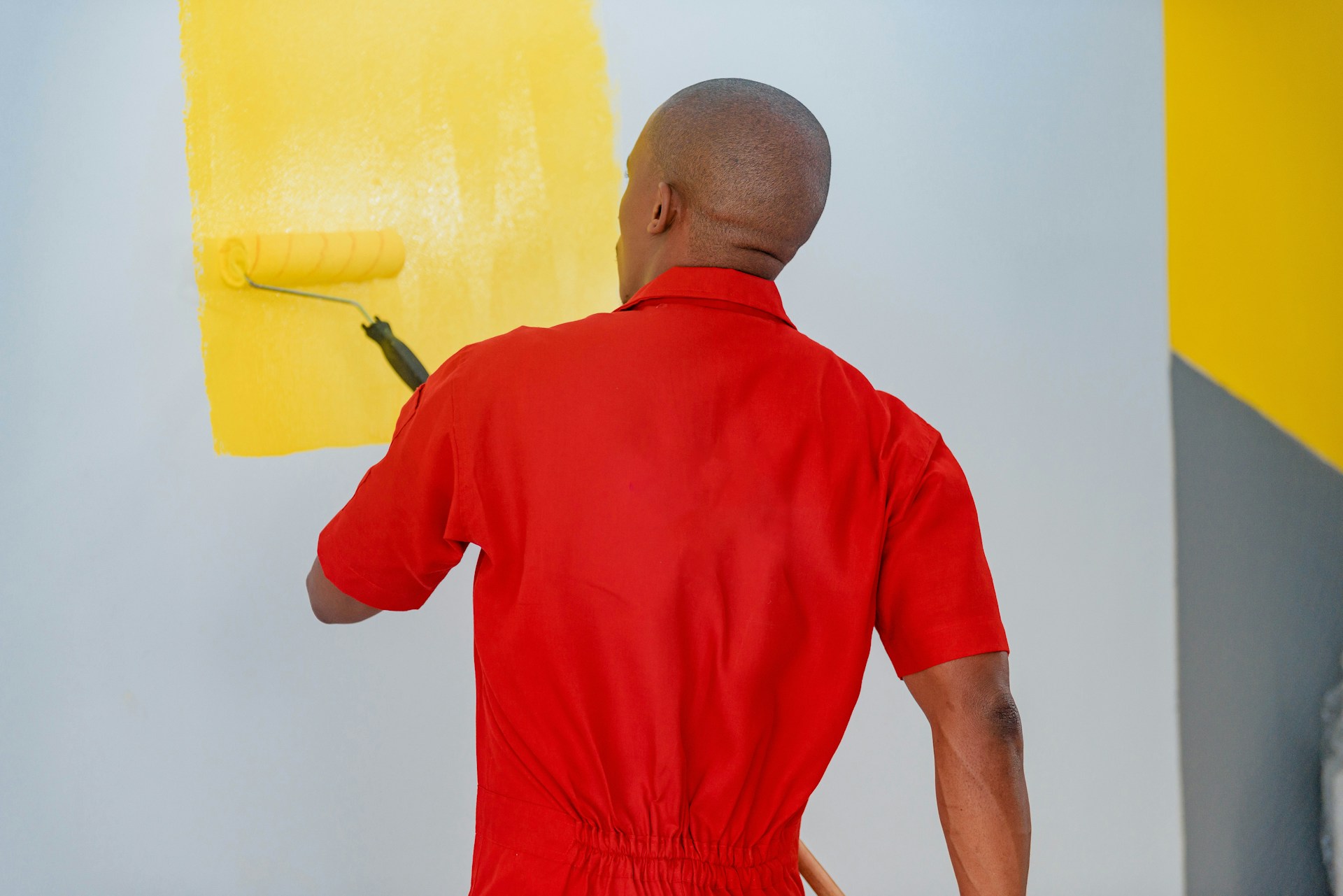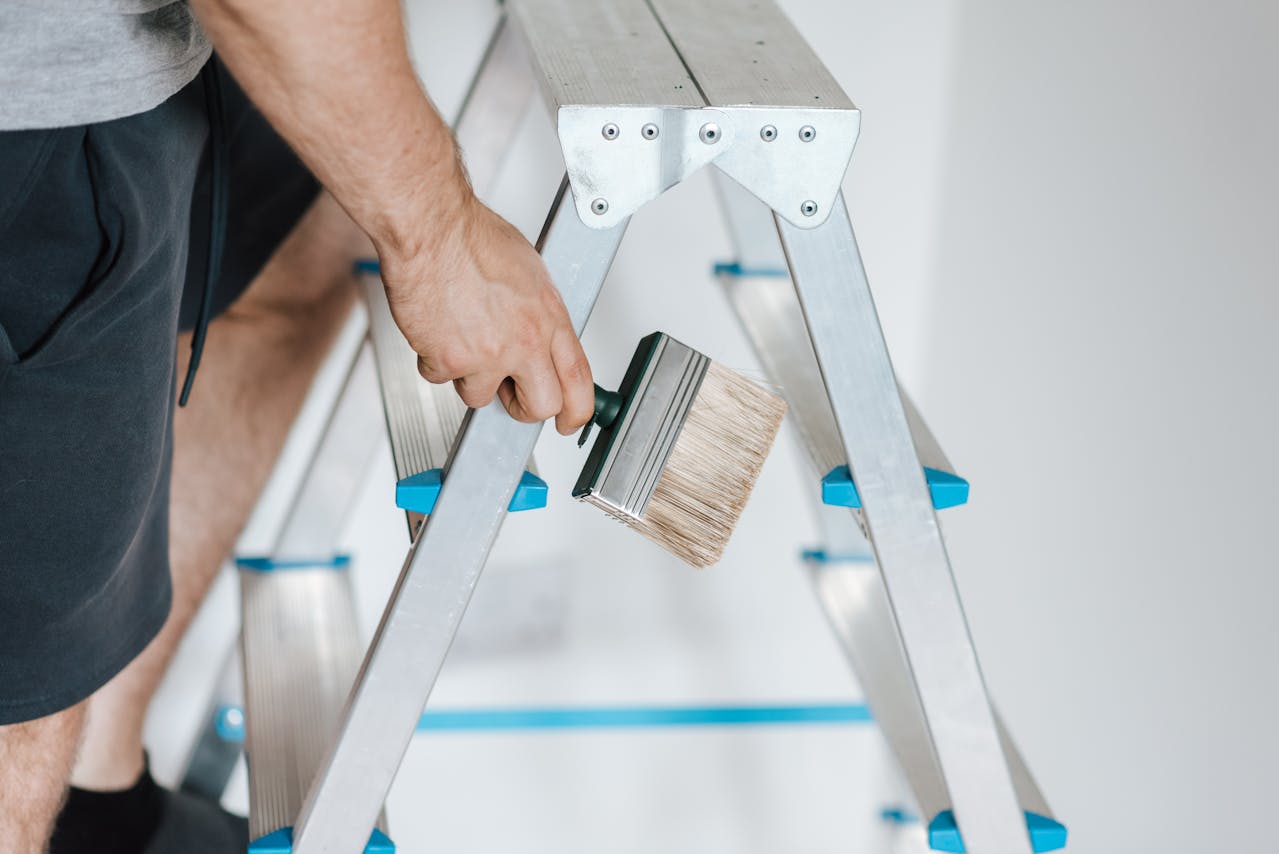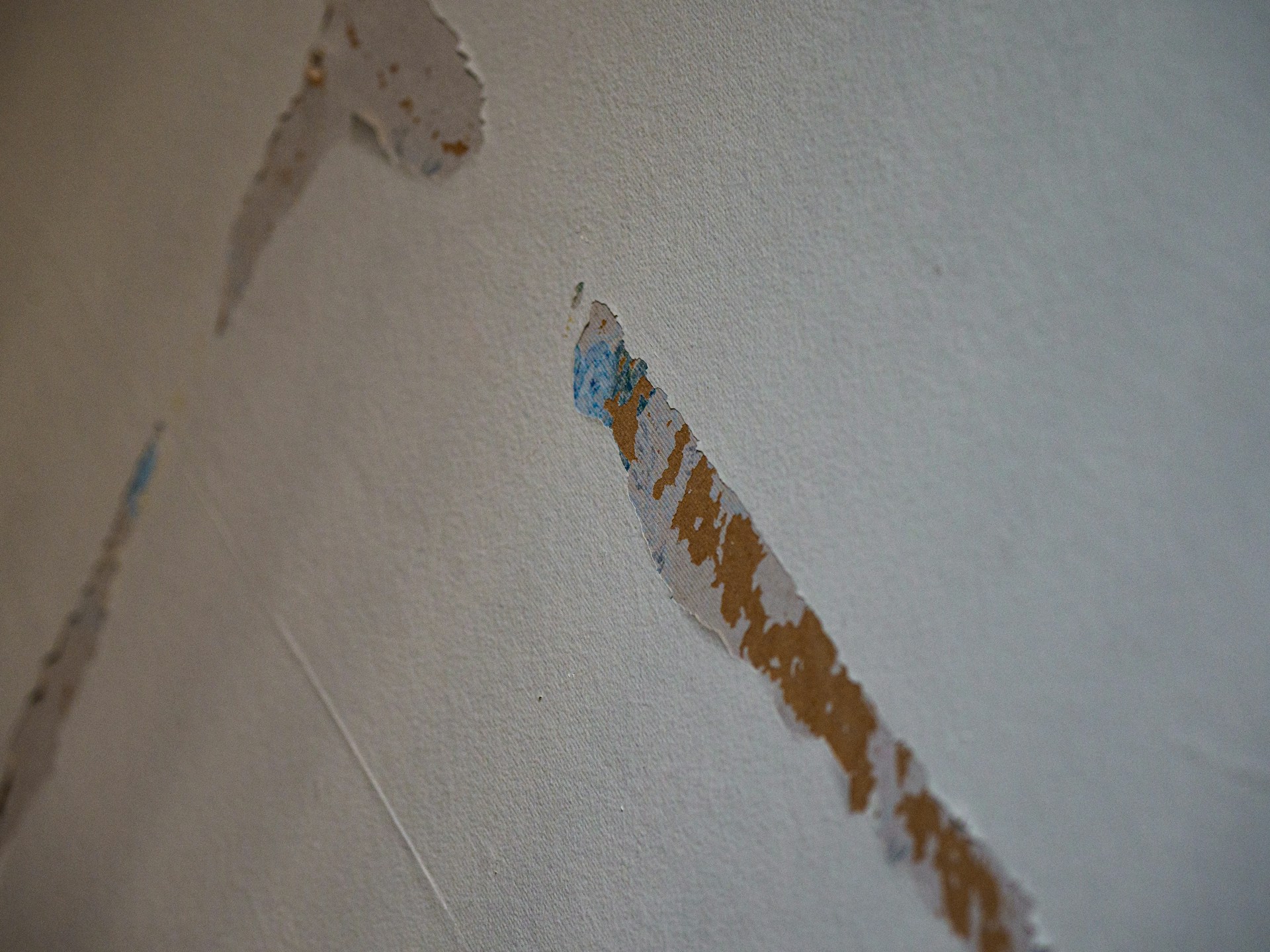Painting your rooms is a great way to refresh your home and give it a new look. But if you’re not careful, even a small mistake can lead to big headaches. From choosing the wrong type of paint to skipping vital prep work, there are plenty of errors that can spoil your decorating plans.
Skipping Proper Surface Preparation
One of the biggest mistakes when painting a room is skipping proper surface preparation. This step is crucial because it ensures the paint adheres well and lasts longer. Starting with a clean, smooth surface provides the foundation for a professional finish.
Begin by cleaning the walls to remove dust, dirt, and grease. Use mild soap and water to wipe the surfaces. For tougher stains, a mixture of vinegar and water can work wonders. Ensure the surface is completely dry before moving on to the next steps.
Next, inspect the walls for cracks, holes, or any imperfections. Fill any holes with spackling paste and allow it to dry. Sand the patched areas lightly with fine-grit sandpaper until they are smooth and even with the rest of the wall. Be sure to remove all dust particles with a dry cloth or vacuum.
Taping is another important aspect of preparation. Use painter’s tape to cover areas you don’t want to be painted, such as baseboards, window trims, and light switches. This will help achieve clean, straight edges and protect surfaces from accidental splashes.
Finally, using a primer can make a big difference in the end result. Primer helps cover stains and provides a uniform base for the paint to stick. It’s especially crucial when you’re making drastic color changes or painting over a dark shade. Taking the time to prepare your surfaces properly ensures a smoother and more durable finish.
Choosing the Wrong Type of Paint
Selecting the wrong type of paint can lead to poor results and might mean you have to repaint sooner than you’d like. Different types of paint serve different purposes, and choosing the right one can make your work look great and last longer.
Consider the room you’re painting and its function. For kitchens and bathrooms, choose a paint with a semi-gloss or satin finish. These paints are moisture-resistant and easier to clean, which makes them ideal for high-traffic areas that may encounter spills or dampness.
Living rooms and bedrooms benefit from paint with an eggshell or flat finish. These surfaces create a warm feel and work well in spaces where durability isn’t as crucial. Flat finishes hide minor imperfections better but aren’t as easy to clean.
Pay attention to the paint’s base. Water-based (latex) paints are great for most rooms because they dry fast and have low odor. They are easy to clean up with soap and water. Oil-based paints, while more durable, take longer to dry and require mineral spirits for cleanup. They are typically reserved for areas that need extra toughness, like trim or cabinetry.
Color also plays a role in the type of paint you choose. Darker colors may require more coats, and a primer may be necessary to get the desired hue. Always read the label for coverage expectations and drying time to make sure you have exactly what you need for your specific project. Choosing the right paint ensures your rooms look perfect and the paint stands up to everyday use.
Ignoring Lighting and Color Testing
Lighting plays a key role in how paint colors appear in a room. Failing to consider this can lead to a finished look that isn’t what you imagined. Different types of lighting—natural, incandescent, and fluorescent—can change how a color looks and feels.
Before committing to a color, test samples on your wall. Apply small patches of paint in various spots around the room. Observe how they look during different times of the day. This helps you see how natural light affects the shade.
Consider the direction the room faces. North-facing rooms get cooler light, making colors appear more blue or gray. Here, warm colors like yellow or beige can add warmth. South-facing rooms receive bright light almost all day, making them suitable for deeper shades, as the light won’t wash them out.
Artificial lighting also influences color perception. Incandescent bulbs cast a warm, yellow glow, ideal for reds and oranges. Fluorescent lighting typically emits a cooler, bluer tone, which can alter colors significantly.
Create a lighting plan by considering where lamps will be placed and how much natural light you have. By taking the time to test and consider lighting, you can avoid disappointment and select the perfect color that enhances your space.
Overlooking the Importance of Quality Tools
Many people underestimate the role that quality tools play in achieving a professional paint job. Using poor-quality brushes, rollers, or tape can lead to a less-than-stellar finish, even if you’ve chosen the perfect paint and color.
Investing in good brushes is essential for achieving smooth edges and a clean line. A high-quality brush will hold more paint and help in applying it evenly. For larger areas, choose rollers with the appropriate nap for your surface. Bumpy surfaces require thicker naps, while flat surfaces work best with shorter naps.
Don’t forget about painter’s tape. Cheap tape can let paint seep through, ruining your straight lines. Quality tape offers better adhesion and easier removal, leaving crisp edges without residue.
Buckets with spill guards and ladders with platforms for paint cans can make your job safer and more efficient. When cleaning up, proper paint trays and liners make it easy, reducing waste and effort.
Remember, the right tools can save you time, reduce frustration, and enhance the overall quality and appearance of your project. They might cost a little more upfront, but the results they deliver are worth the investment.
Conclusion: Avoiding Common Pitfalls for a Perfect Finish
Painting your rooms can transform your home, giving it new energy and charm. By avoiding common mistakes, you ensure this transformation is successful and long-lasting. From taking the time to prepare surfaces properly, choosing the right paint, considering how light interacts with color, and using quality tools, each step plays a crucial part in achieving the look you desire.
Think of painting as an art that requires patience, precision, and planning to be done well. With these insights, you can approach your next painting project with confidence, knowing you’re equipped to tackle it like a pro.
Ready to give your rooms a fresh new look? Contact Alan’s House Painting for expert advice and services. We bring years of experience and a passion for quality to ensure your painting project is a complete success. Let our painting contractor in Davis, CA help you create a space that matches your vision perfectly.





